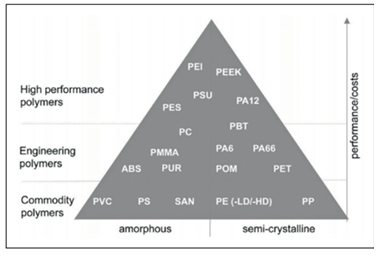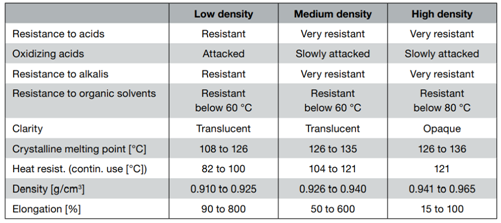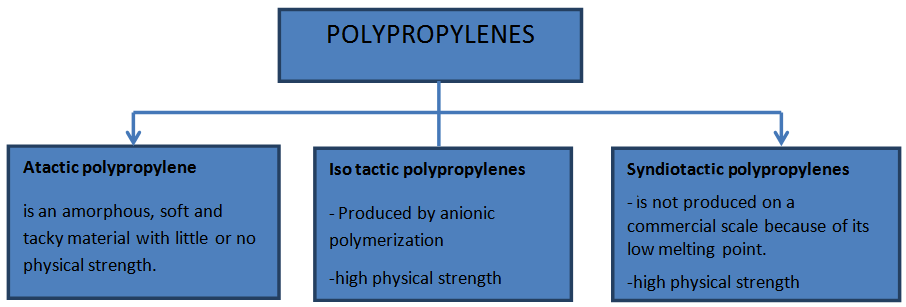Vinyl polymers belong to a group of resins having a vinyl radical as the basic structural unit. Polyvinyl chloride and copolymers of vinyl chloride are the most significant members of this group being among the first thermoplastics to be applied by powder techniques.
Two binders are used for the manufacture of the vinyl powder coatings,
- Polyvinyl chloride (PVC) - indoor application compatibility and
- Polyvinylidene fluoride (PVDF)-weathering resistance.
1.1 PVC POWDER COATINGS:
- Manufactured by polymerization of vinyl chloride Polyvinyl chloride (–CH2–CHCl–)n is one of the cheapest polymers produced by the industry on a large scale.
- PVC based coatings offered many advantages over the other thermoplastic materials.
- resistance towards water and acids (chemical and corrosion resistance)
- excellent impact resistance
- food staining resistance,
- good dielectric strength
- Because of its rigidity and not having sufficient flexibility polyvinyl chloride as such can’t be used for powder coating purposes (Except some applications). Hence further stabilization and plasticization of polyvinyl chloride is required. (Phthalate esters are the cheapest plasticizers for PVC)
- The addition of the plasticizer to PVC improves the flexibility and the impact resistance of the polymer, but at the same time reduces the tensile strength, modulus and hardness of the plasticized material. The desired balance between hardness and flexibility can be achieved by careful choice of the type and amount of plasticizer.
1.2 FLUOR BASED POWDER COATINGS:
- PVDF powder coatings have been recognized as materials with exceptional properties
- Powder coatings based on PVDF have
- the highest resistance to degradation on outdoor exposure,
- very good abrasion resistance,
- excellent chemical resistance,
- very low surface friction,
- ice release properties,
- and very low fluid absorption.
- Carbon steel coated with this copolymer could be a cost-effective alternative to stainless steel.
- PVDF is produced by free radical polymerization of vinylidene fluoride. These unique properties are due to the small bond polarization of the fluorine-carbon bond. High bond energy provides exceptional weathering resistance.
- The very low surface energy of PVDF, which provides low dirt pick-up properties to the coating.
- PVDF powder coatings are mainly used as architectural coatings for monumental-type structures. Architectural panels for roofing and wall claddings, and aluminium extrusion window frames are the main surfaces on which PVDF powder coatings have been applied.
Problems with PVDF:
- PVDF powder coatings have low gloss in the range of 30 ± 5 % (at 60°). This is certainly a restriction of PVDF powder coatings for decorative purposes.
- Difficulties in adhesion to the substrate.This, in general a weak point of thermoplastic powder coatings, is even more emphasized in the case of PVDF powders.For good adhesion, PVDF powder coatings are applied over an epoxy stoving primer.
- The high melt viscosity resulting in the formation of pinholes during thin film applications
- And the relatively high price.


